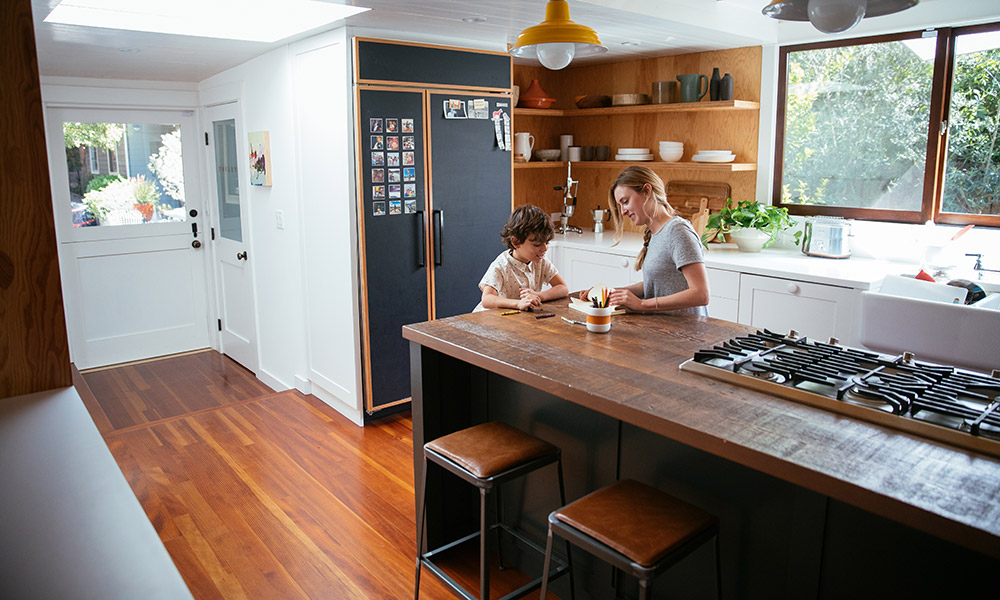Vinyl flooring has a shelf life of 10 to 20 years longer even if you opt for a high quality commercial grade product.
Best flooring for no temperature control in warm climate.
Getting the best flooring for extreme temperature changes can be tougher than you might imagine.
Winter will require heating at least 17 celsius and summer will require cooling less than 24 c.
Our three season cabin is on the north shore of lake michigan in the upper peninsula of michigan.
A floating floor plank probably won t handle long stretches without temperature humidity control.
Cork is an increasingly popular flooring material that offers a number of advantages.
Rubber flooring like that found in gyms is an outside the box approach to colder climate flooring.
Best flooring for extreme temperature changes.
Vinyl flooring adore floors.
We would like to install some type of hardwood or engineered hardwood on the floors but we re concerned about having no heat in the cabin through the winter months and what that might do to the flooring.
It is a type of flooring that keeps your floors warm in colder climates and will not expand or contract from high moisture levels dry air or high temperature hence a great option for cold climates.
Laminate flooring comes in many varieties.
You can further warm up timber flooring by adding rugs and hall runners.
We are now finishing an 18x18 foot addition that has a crawl space underneath.
These floors are synthetic and are both water and stain resistant.
We love vinyl because its design options are limitless yet it s still incredibly durable.
Rubber doesn t grow or shrink noticeably with the temperature changes and for the most part is weather proof.
Solid timber flooring doesn t store heat but it doesn t become as cold as other denser materials.
Some of the best options include rubber slate granite carpet and even vinyl planking.
This is because it mimics old fashioned hardwood at its best and the cost and maintenance is less when compared to hardwood.
Direct sunlight will have to be prevented curtains drawn at all times during the sunniest time of the day.
If you want the best results you should stick with a tough rugged material.
Though brands vary in general it s durable easy to maintain simple to install and won t be affected by frosty temperatures in the same way as for example vinyl or linoleum which may crack when cold especially if the floor is not allowed to warm up before being subjected to heavy foot traffic.
It is hypoallergenic antimicrobial and temperature stable making it pleasantly warm in winter and cool in summer.










